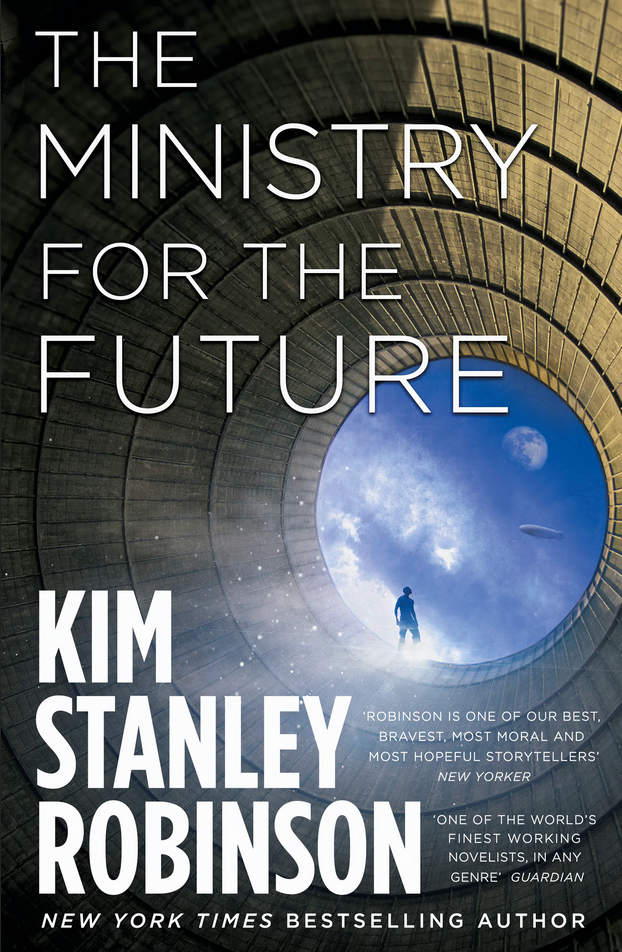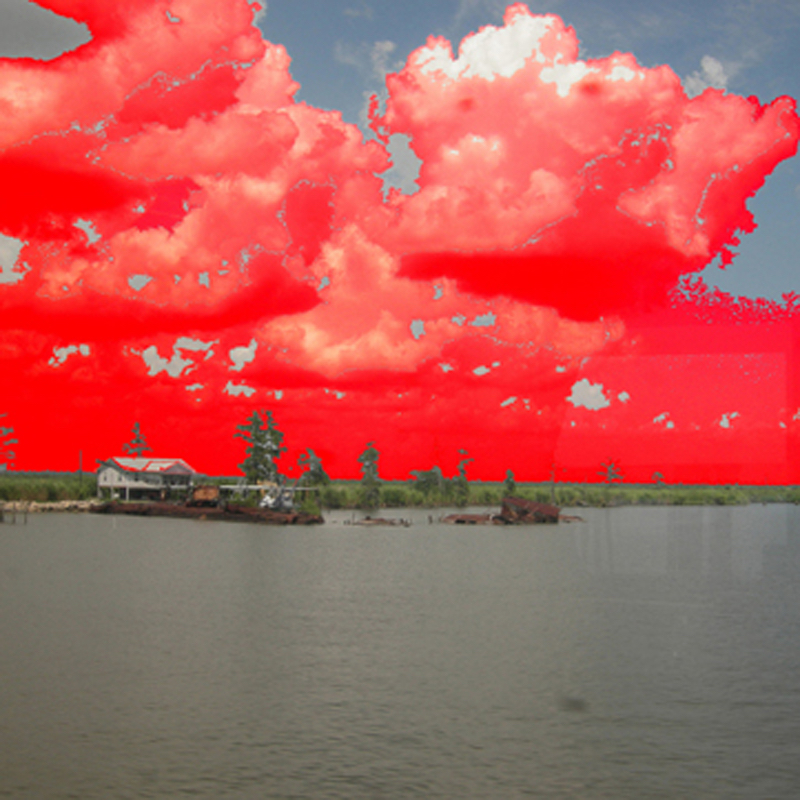
submitted by Aviva Rahmani
Kim Stanley Robinson's new book is, The Ministry For The Future. It is a long utopian novel that begins in our collective immediate future by tracking the consequences of environmental neglect. Starting from the Paris Agreement, he then tracks one woman’s life as the minister of the Ministry of the Future on a wild ride through economics, animal corridors and decreasing populations. Because it is a novel, he doesn’t need to be realistic as he meticulously details decades of work trying to salvage not only a manageable but a celebratory future. His initial view is dire. As the book progresses, he gathers momentum for vastly optimistic possibilities. I admire his writing, which combines solid science, flights of poetry and trenchant insights into human nature. He is less convincing in character development for me but more than makes up for that weakness with a lively thread of dialog which unspools as continual exposition. The most delightful aspect of his writing is not just the ease of his discourse between people but clearly with himself, as he pursues an imaginative line of possibilities only to crash back to Earth with a caveat.
It happens that much of the action unfolds in Switzerland, where I lived for several years and particularly Zurich where I completed my PhD so I found myself visualizing many of the locations he references. He seems enamored of all the good qualities of the Swiss, whom I found to be somewhat more complex and often problematic, much as the world he foresees turning to willingness, might be critiqued as a view through rosy glasses. The Switzerland I know, for example casts a blind eye on xenophobic racism. The scale of discrimination is comparable to the United States. The glaring connections between racism, immigration miseries and capitalism aren't even mentioned in this book. The relative facility with which immigration is solved in his story lines, albeit it takes many years, is a noticeable reflection of glossing over those reflections.
The area of environmental science that gave me most pause was in his references to oceanic habitat, which doesn’t seem to interest him as much as the resurgence of land mammals, especially charismatic fauna. This bias creates a very photogenic backdrop for the narrative but in the context of his ecological arguments is a more serious elision than the dark side of Zurich. These elisions may be nitpicking because it is all written so beautifully. Publication was timed before the American presidential election, which I presume was deliberate and the opening passage is a horrific account of the consequences of American withdrawal under Trump, from the Paris Agreement.
It also happened that while I was working on my own work memoir, I carefully studied the structure of his earlier novel, 50 Degrees Below Zero, noting how he meticulously builds his arguments for how consequences unfold. He has a phrase in that book, that I’ve often quoted, to the effect that, ‘we are terraforming the Earth but we don’t know how.’ That is a good example of his astute observations. Both novels are heavy on good science, light on realistic solutions but they both effectively employ art to draw attention to the role of discourse in finding solutions to climate change. Both are good reads.
But neither one has noticeably moved a critical mass of the mainstream to budge the dial towards adequately shifting public opinion, as the Earth’s clock ticks down. If it had moved the dial in October 2020, 46.8% of the American electorate would not have voted for oligarchic fascism. What is my takeaway from that observation? The world needs a lot more brilliant art to break through the media gatekeepers and entrenched confirmation bias before we are safe from the warning of his opening scenes of disaster. Still, this wonderful book will encourage the faithful and intrigue the skeptical and that will help. It is such a good piece of writing that it stands alone as a literary masterpiece and that alone may create a megaphone for his message: ‘act now. It is almost too late.’

©Aviva Rahmani, Red Sky, 2010, digital image, 48 x 48 inches
Vicki Robin Resilience interview with the author HERE (March 23, 2020)